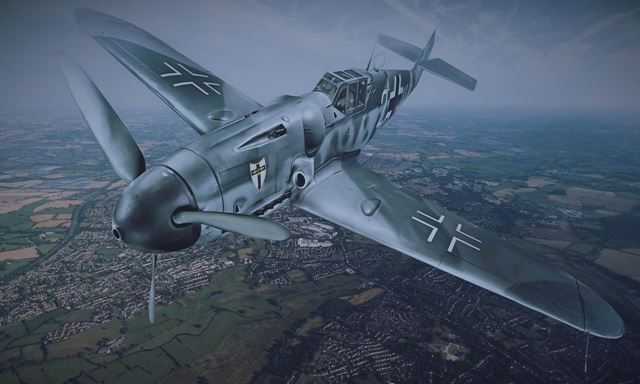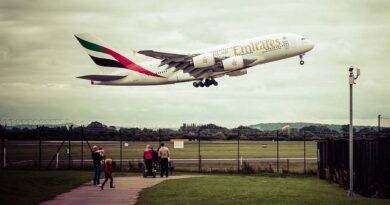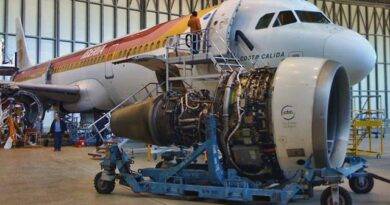Messerschmitt Bf 109 – The Legend
There have been periods in the world where technological developments and industrial production accelerated in every field. World wars, unfortunately, can be shown as an example of these periods.
The period of the Second World War was also a period in which aviation developed and aircraft production increased. In terms of war history, it is possible to make many different evaluations, but in this article, we will examine the German warplane named “Messerschmitt Bf 109”, which left its mark on the 2nd World War.
The “Messerschmitt Bf 109” was designed by Willy Messerschmitt in the 1930s during the Second World War. The aircraft made its maiden flight in May 1935 with the prototype Bf 109 V1. The “B-1” model with Jumo engine, which started to be produced in February 1937, entered service with the Luftwaffe.
Messerschmitt Bf 109 is a model name originally defined by the German Air Ministry. The abbreviation Bf consists of the initials of Bayerische Flugzeugwerke, the company that manufactured the aircraft. The abbreviation BF was changed in 1938 when the firm was purchased by head designer Willy Messerschmitt. However, since the abbreviation BF was remembered, its use continued.
Messerschmitt Bf 109 design features:
– A design suitable for daytime operations.
– Two machine guns, each carrying 500 rounds of ammunition, and an automatic cannon with 100 rounds of ammunition.
– A radio for air-to-air and ground communication.
– Oxygen system and cockpit heating for high altitude flights.
– Parachute and necessary escape gear.
– Must be able to ascend 19,500 feet in 17 minutes. At this altitude, it should be able to fly at 250 miles for 20 minutes.
– At least one hour of total flight power is required.
– The maximum altitude will be 33,000 feet.
– It should not lose altitude while turning.
– It should be easily removed from the virils.
– Must be able to take off from an average sized German military runway (430m. X 430m.)
– Landing and take-off should be possible with a group of 9 aircraft.
– It must be able to be transported by train, therefore it must be of suitable dimensions for rail transport systems.
It is small, classic fighter aircraft of the Germans and thought to be fight over Europe. It is of relatively short range, as it was not planned to be fought over England at the beginning of the war. BF 109 has an injection engine; it can do negative G maneuvers without falling/stalling. On the other hand it was slower than its classic enemy, the Spitfire.
After the Messerschmidt BF 109e version fell short in England, the BF 109f model was designed. The BF 109f is in many ways a more advanced model. Compared to the BF 109e, it has only shape changes and its performance has increased in every subject. It is faster, much more agile, more balanced and climbs better.
The Bf 109 is one of the most produced fighter aircraft in aviation history, with a total of nearly 35.000 airframes produced from 1936 to April 1945.



